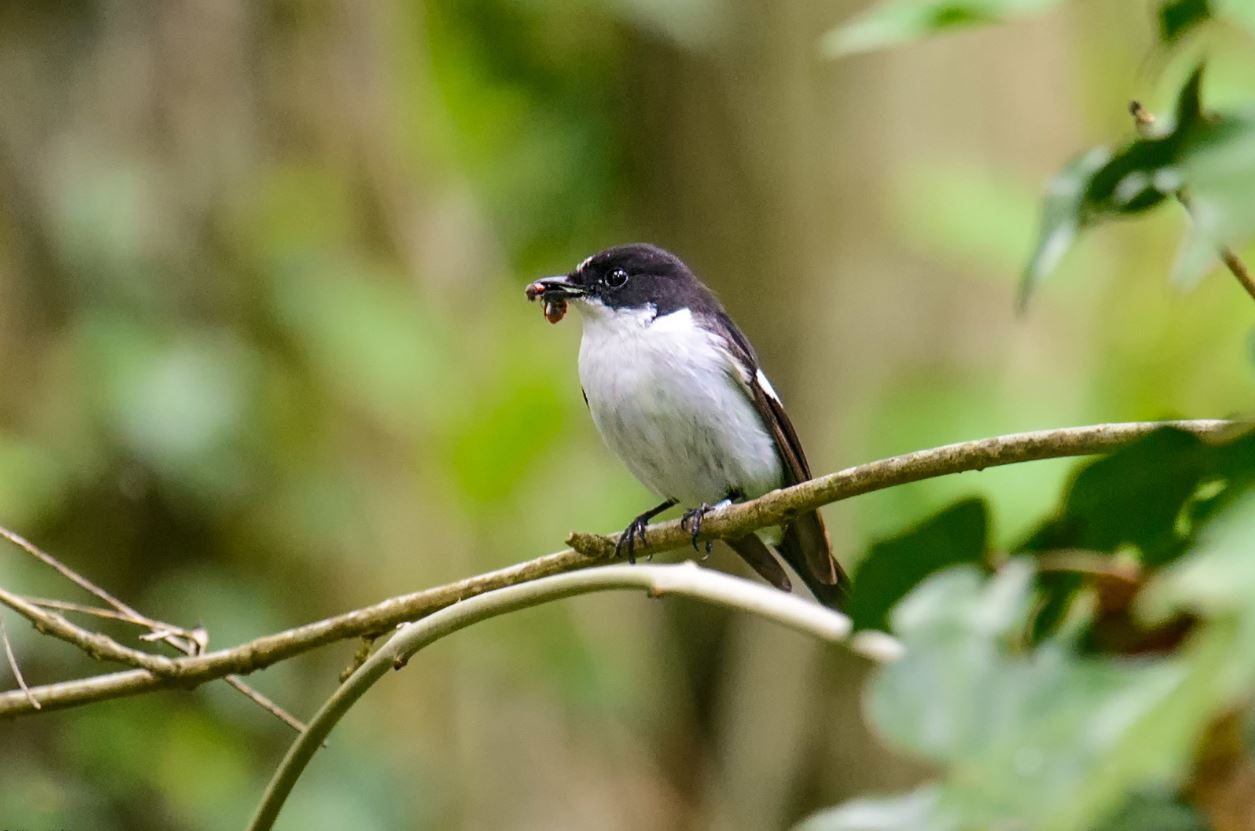
Look Wild: Celebrating Dartmoor’s Rainforests
-
Date posted: 30/05/2023
-
Time to read: 5 minutes
If you live in the west of Britain now is the perfect time of year to explore the damp humid oak woodlands in your local National Park. They are full of life and known as temperate rainforests. And one of the most accessible sites on Dartmoor is East Dartmoor National Nature Reserve. This was England’s first National Nature Reserve designated in 1952 and one of its founding principles is to help people learn about the science and nature of the woodland. The Outreach and Engagement team on Dartmoor have recently been working with Natural England who own and manage the reserve to help new audiences connect with nature through activities, guided walks and the Look Wild project. You don’t need to be an expert to start identifying the different plants and animals that grow and live amongst the trees. The i-Naturalist app is a great way to learn about what you are seeing, the app will tell you what you’ve seen and local experts will verify your observation or help you identify it.
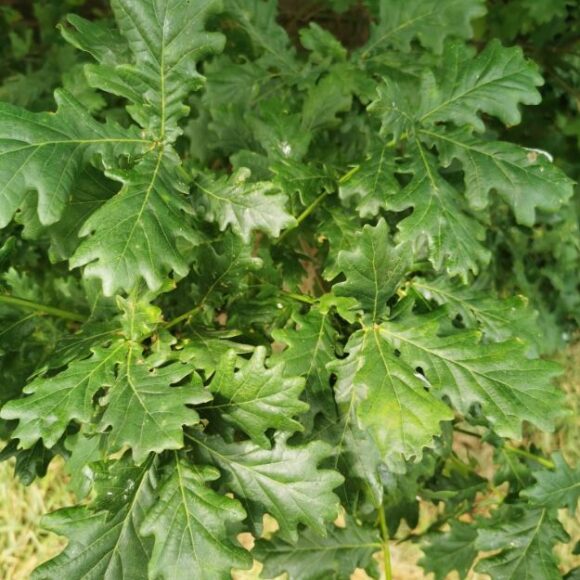
Seeing the wood for the trees
There are two types of oak tree native to the UK- the pedunculate oak and the sessile oak. In the wooded valleys of Dartmoor sessile oak is dominant. You can identify it by its stalked leaves in spring and stalkless (or sessile) acorns in autumn.
Sessile oak leaf, observation by Corvidaeus
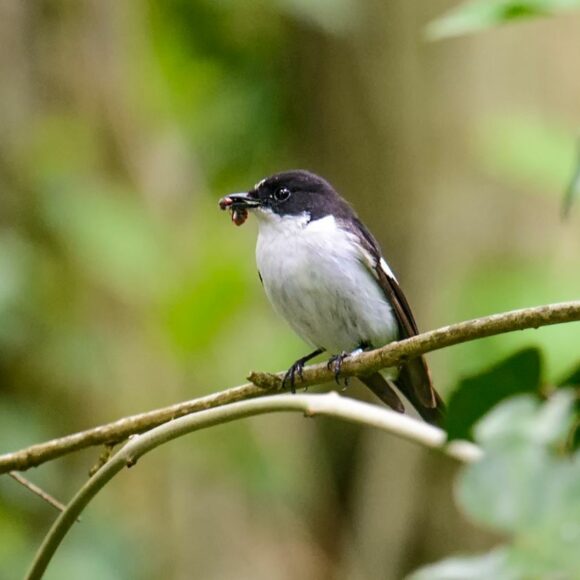
Home from home
Every year birds travel the huge distance between west Africa and Britain to find the best places to nest. The woods on Dartmoor fill with the sounds of returning birds like redstart, pied flycatcher, chiffchaff and blackcap. Garden and willow warblers settle on the woodland edge alongside the nightjar which flies at dusk making its distinctive churring sound. Their arrival coincides with the leaves coming on the trees and an abundance of caterpillars and flies to feed their young. Look out for the pied flycatcher, this wonderful black and white bird likes to announce its presence by singing from low branches and is quite easy to spot (with a bit of patience).
European Pied Flycatcher, observation by Allan Hopkins
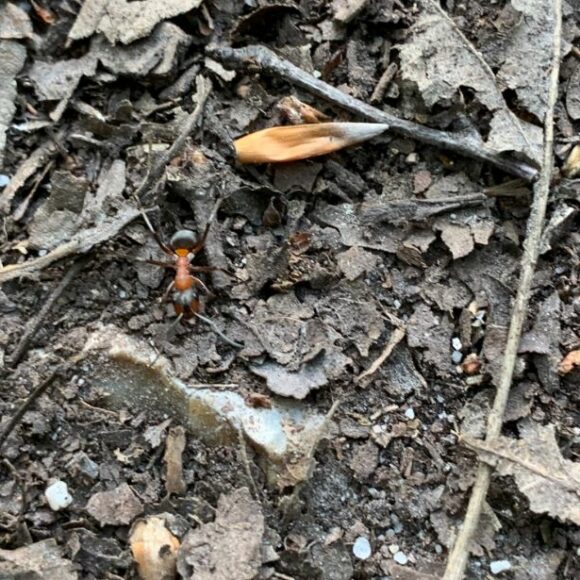
Fantastic Ants
Wherever you step in these woods you’ll never be very far from a southern red wood ant. These large ants build huge ant nests built from tiny twigs, bracken, pine needles and woodland debris. The nests work as carefully climate controlled nurseries where the young ants are raised. Some ants from the nest work as farmers looking after colonies of aphids high in the canopy and “milking” them for honeydew which is their main food. Don’t get too close though they can nip and even squirt formic acid at unwanted guests.
Southern Red Wood Ant, observation by Jethro Reading
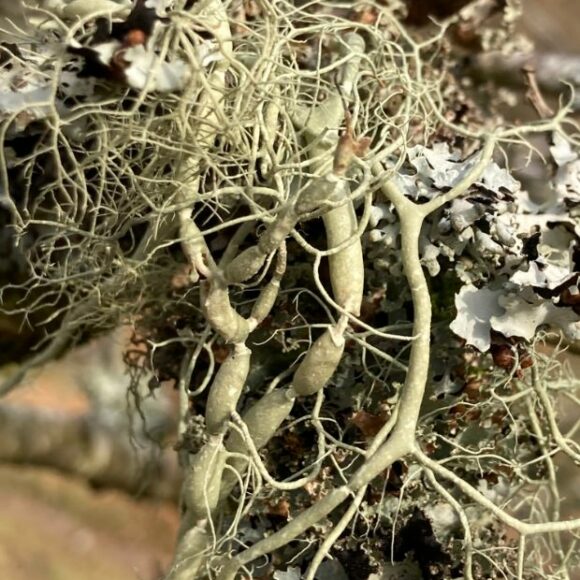
Lovely lichens
Look closely at one of the oak branches and you’ll see a miniature world of mosses, ferns and lichens. Did you know lichens are actually two organisms living together- a fungi and an algae?
String-of-sausage lichen, observation by Elizabeth Atkinson
If you’ve been inspired to get out into nature, you can share any photos or observations with us and get featured on our social or newsletter! Send your observations to connect@nationalparks.uk.
Join i-Naturalist and start identifying nature near you today! Look Wild is a brilliant citizen science project that helps contribute to our data and knowledge of wildlife and habitat health across the UK.
This Blog was written by Andy Bailey, Outreach and Engagement Officer at Dartmoor National Park. Thanks to Natural England for their support.